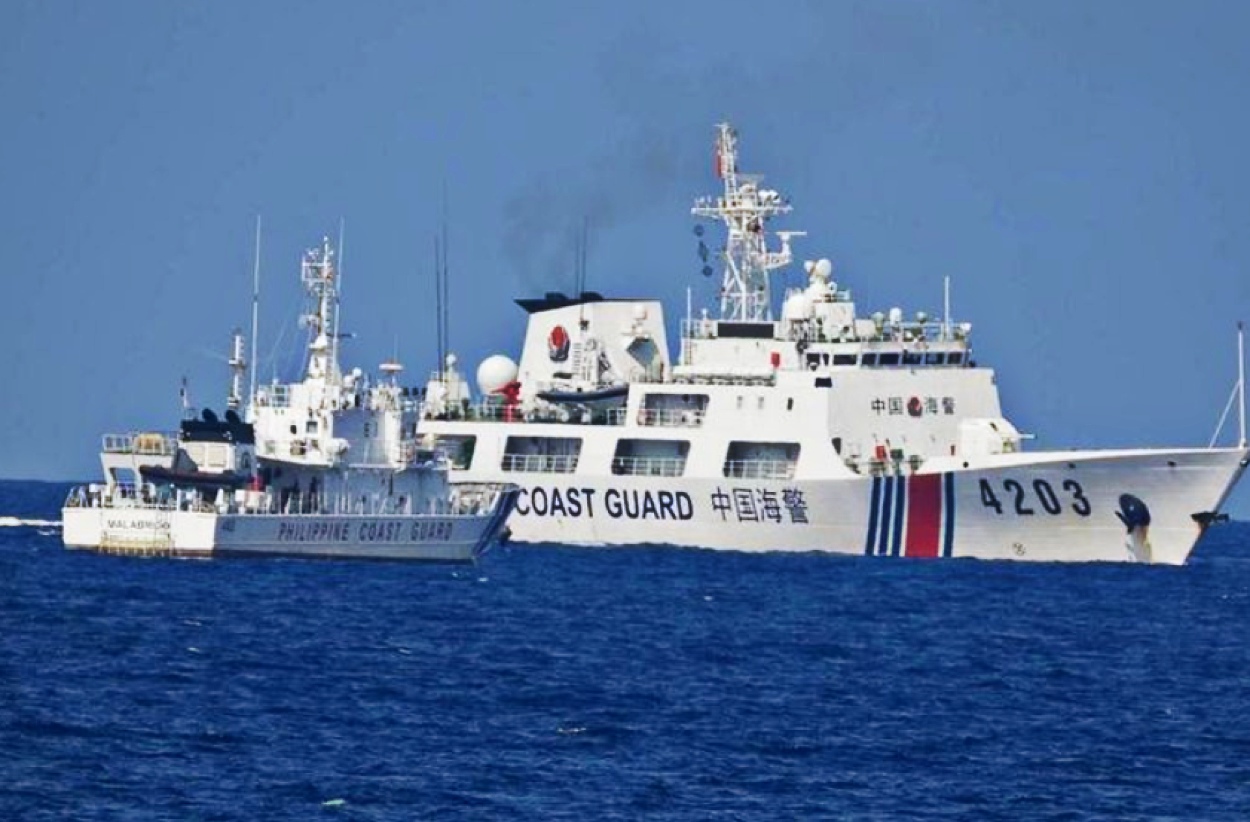On August 27, the Japan Coast Guard (JCG) revealed its intentions to seek a significant budget for its largest multipurpose patrol vessel to enhance its capabilities in responding to disasters and emergencies.
The construction of the vessel is set to begin in the next fiscal year, pending budget approval. The agency aims to secure 3.43 billion yen ($23.7 million) in the fiscal 2025 budget to kick-start the construction of this massive 200-meter-long vessel.
However, according to the Japanese media, the total construction cost for the vessel is projected to be around 68 billion yen.
The request is part of a broader budgetary push, raising the total funds sought by the JCG to a record 293.5 billion yen, marking a 12 percent increase from the initial fiscal 2024 budget.
The new vessel, set to enter service in fiscal 2029, will significantly outsize the JCG’s current largest ship, which weighs in at approximately 6,500 tons. At around 30,000 tons, the new vessel will be a formidable addition to the fleet.
AfriPrime App link: FREE to download...
https://www.amazon.com/Africircle-AfriPrime/dp/B0D2M3F2JT
The multipurpose patrol vessel will be equipped to handle a variety of roles beyond standard patrol duties. It will have the capacity to accommodate up to 1,000 personnel, including police officers, firefighters, and Self-Defense Forces members, making it a critical asset during natural disasters.
Additionally, the vessel will be capable of carrying three helicopters and a large number of rubber boats. In emergencies, it can transport up to 1,000 people and will serve as a “maritime base” for security operations.
Alongside this major vessel initiative, the fiscal 2025 budget request includes 4.16 billion yen for procuring two large unmanned SeaGuardian aircraft and 40 million yen dedicated to international drug crime prevention efforts.
Despite a yearly increase in Coast Guard personnel, there have been numerous departures, raising concerns about potential shortages in staff dedicated to territorial sea security and salvage operations.
The new multipurpose patrol vessel is anticipated to require a larger crew than a standard patrol boat. However, agency officials have assured that the vessel’s operation will not be affected.
The introduction of this vessel aligns with last year’s “Control Guidelines,” which outline collaborative roles for the Self-Defense Forces and the Coast Guard in emergencies. Once operational, the vessel will also participate in joint training exercises with the Self-Defense Forces.
Japan’s New Patrol Vessel To Deter Chinese “Monster Ships”?
The decision to invest in such a large and versatile vessel comes amid increasing tensions over the Senkaku Islands in the East China Sea, which Japan controls but is claimed by China.
Chinese vessels have frequently intruded into Japanese territorial waters around these uninhabited islets, prompting the need for enhanced surveillance and response capabilities.
The Japanese government anticipates that any potential Chinese invasion of the Senkaku Islands might involve a landing force of small vessels. To counter such a threat, the new multipurpose patrol vessel will be equipped to deploy smaller ships to engage and contain adversary forces.
“If the enemy is aware how difficult it would be to make land, it increases the power of deterrence,” a government source stated to Japanese media. Notably, the vessel will not be equipped with machine guns.
AfriPrime App link: FREE to download...
https://www.amazon.com/Africircle-AfriPrime/dp/B0D2M3F2JT

The new vessel is also expected to feature a helicopter landing capability and a command-and-control center. It will be stocked with provisions to function as a floating base during extended operations.
Currently, China’s Coast Guard operates the Zhaotou class patrol vessels, the largest armed Coast Guard cutters globally, surpassing Japan’s Shikishima class in size.
These vessels, often referred to as “Monster Ships,” enhance China’s ability to assert its maritime dominance in contested regions.
In July, for example, China positioned one of its two “Monster” ships—each displacing 12,000 tons—in the Philippines’ exclusive economic zone, which Manila viewed as an intimidation tactic.
Experts suggest that Beijing’s aspirations for its coast guard are global, with a clear intent to boost its maritime strength for distant operations. China has openly pursued a “far-seas protection” strategy since 2015.
Chinese vessels of the Zhaotou class measure 165 meters in length, making them slightly larger than Japan’s existing Shikishima-class patrol vessels, which are 150 meters long. This suggests that the upcoming Japanese Coast Guard vessel, with its planned size, will surpass these Chinese ships.
AfriPrime App link: FREE to download...


